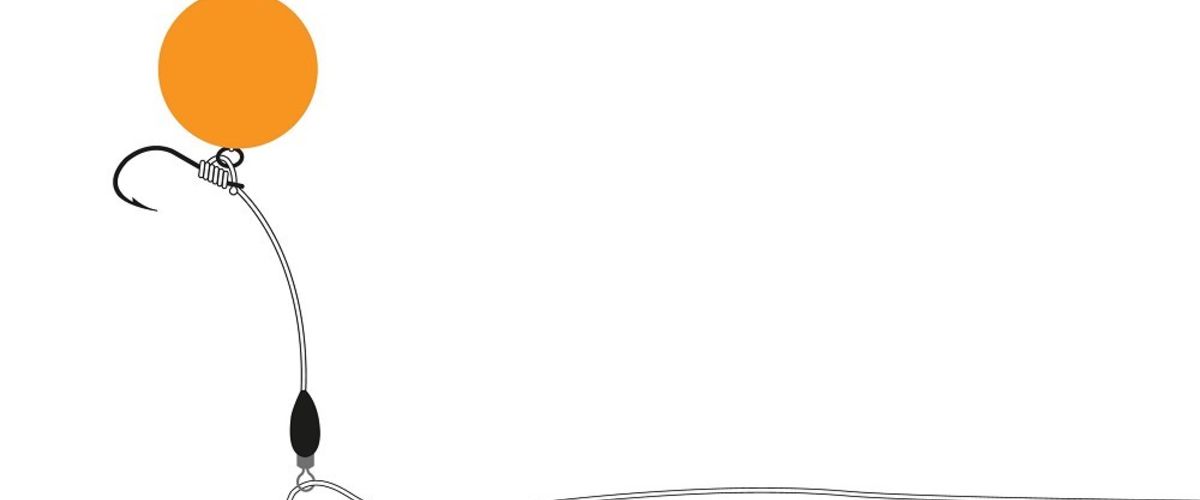
How to make the last 12-inches even better
Who would've thought the last 12-inches would be such a shite? So here's seven bite-sized bits of advice
01 Lewis Porter
“I always have two blobs of putty on my rigs and make sure that the one nearest the hook is lighter than the other one. I also always use a High Riser PVA nugget or two pop-ups in some PVA mesh on the hook. This means once the PVA has melted, the rig will lie down nicely with the half nearest the lead sinking first, followed by the hook end, thus helping to prevent my rig sitting all kicked up on the lakebed.”
02 Joe Morgan
“Always test your knots and rigs with a good amount of tension in your hands. If it doesn’t break then, it SHOULDN’T ever break in a fishing situation. Not doing this earlier this year cost me an upper-forty UK common… Ouch!”
03 Neil Spooner
“Whatever knot I tie, I will ALWAYS use two Pulla Tools. They allow me to pull the knots down consistently every time and to help make sure that I don’t pull a hook into my finger!”
04 Mat Woods
“When using long shank hooks, to prevent the Hair twisting down the side of the shank, run the last whip of your Knotless Knot under the Hair (KD type of thing). This kicks the Hair out and back along for your blowback tubing or ring in perfect symmetry with the back of the shank. Pukka!”
05 Keith Sykes
“To get a perfect loop on an Amnesia boom section, use the little Tommy bar that comes with Fox banksticks and storm poles. They are the perfect diameter to form the loop and have a nice moulded grip. Using two, one in either loop, also allows for easy straightening of the boom section.
“If you have problems straightening out fluorocarbon or thick mono leaders, then look no further than a fly fisher’s Tippet Straightner or a similar product from Gardner Tackle. Simply run the line through the straightner with slight pressure and your leader will be straight! It can also be used for stiff filaments.
06 Leon Bartropp
“Something I always do is to make sure the knot, hooklink material or pieces of line I’m joining are moist, either with saliva or water. Not only this, but I will tease down the knot instead of pulling the knot tight. This helps avoid any unwanted kinks in the material and makes the knot a lot stronger.”
07 Elliott Gray
“For sometime now, I have used a Three-Turn Grinner Knot when using a coated braid to form a rig. There is a small difference though, I use the Grinner to form a loop rather than bed it down tightly against the swivel. This loop offers increased movement at the swivel end to prevent the braid kicking up and can also be used for ‘quick-change’ purposes too.
“The Figure-Of-Eight and standard Loop Knot are very weak in strength compared to the use of a Grinner so I am getting the loop still but with the strength of a Grinner. On contact, the knot simply tightens and slides up to the swivel, depending on how tightly you bed it down."




